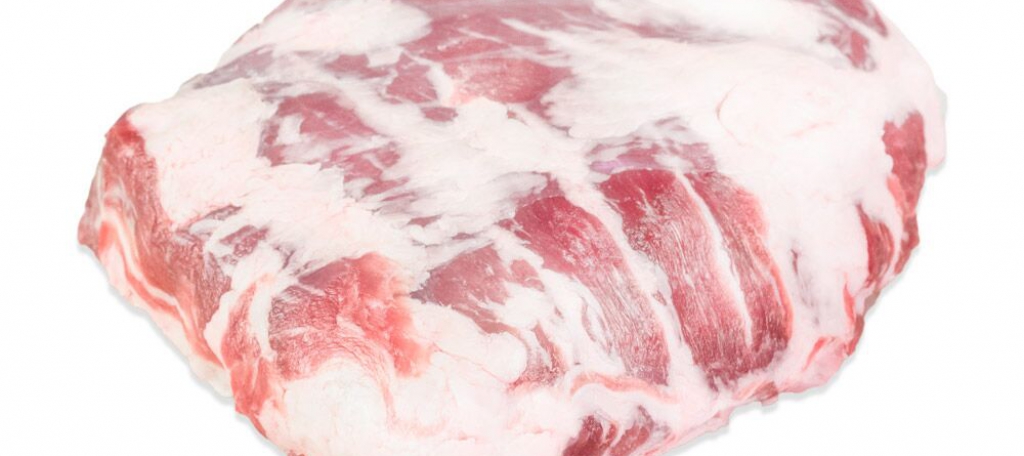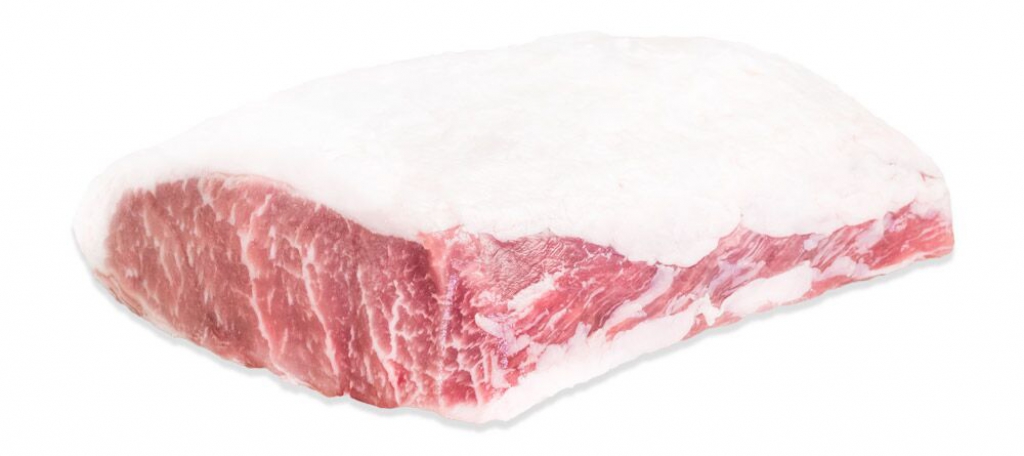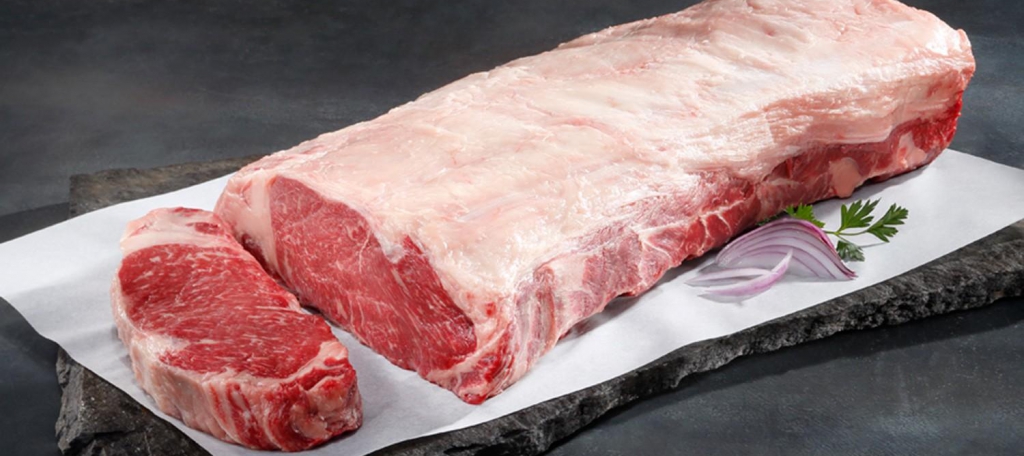
Eastern Grey Kangaroo
Tender meat with a deep red color and flavor.
Tender, Supple, Savory
Quick Facts
Commonly Known As:
Eastern Grey, Kangaroo
-
Species Name
Kangaroo
-
Latin Name
Macropus giganteus
-
Origin
Australia
-
Harvest Method
Pastured
-
Range & Habitat
New Zealand & Australia
-
Producer
SFS Partnership

Range & Habitat
SFS Partnership
SeafoodS.com takes the upmost pride in bringing locally-minded fisheries to your guests. Whether our products are shipped from Fishermen, Ranchers, Foragers, Artisans or Importers, it is our passion to deliver excellent product through perfect service to you and your guests.
You Might Also Like These

Fat, Extra Creamy, Sweet
Legendary Iberico pork made even better on a diet of foraged acorns that make the fat extra creamy and sweet - the best of the best! Protected from the central mountainous region of the Iberian Peninsula, the privileged microclimate in this area with its cold, dry winters and its short, mild summers is an ideal setting for our hams to dry and mature perfectly. In this area, with its unbeatable microclimate, every day hundreds of artisans, who are sons and grandsons of artisans, slowly and masterfully create the Guijuelo Iberian Ham, which is a 'one-of-a-kind in the world.'

Succulent
Pasture-raised in Spain on a diet of grain, grass, forage and acorns. Protected from the central mountainous region of the Iberian Peninsula, the privileged microclimate in this area with its cold, dry winters and its short, mild summers is an ideal setting for our hams to dry and mature perfectly. In this area, with its unbeatable microclimate, every day hundreds of artisans, who are sons and grandsons of artisans, slowly and masterfully create the Guijuelo Iberian Ham, which is a 'one-of-a-kind in the world.'

Intense and succulent beef flavor
The proprietary herd has developed into one of the most highly regarded groups of Wagyu/Angus crossed cattle in the world.